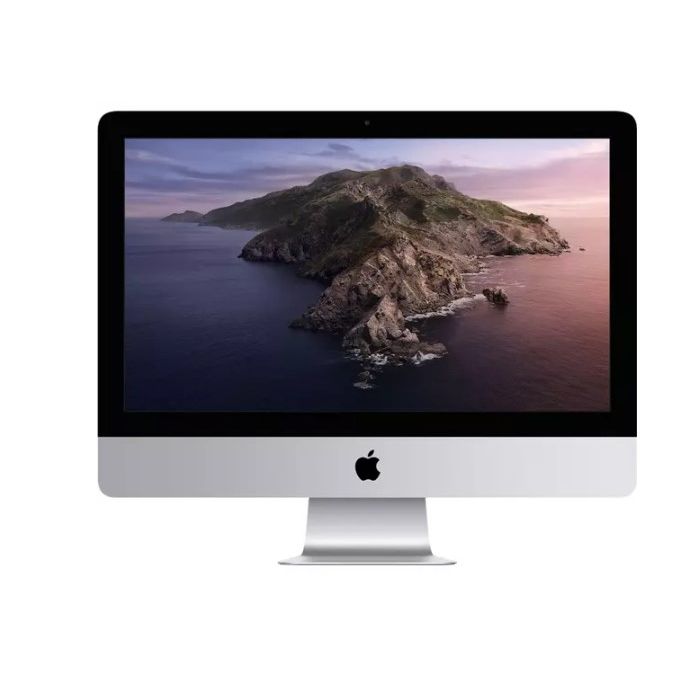Introduction
Welcome to the world of iMac computers computerworld.biz/, where elegance meets power. In this guide, we’ll delve into the evolution, design, hardware, software, user experience, market positioning, and much more of these iconic machines.
Evolution of iMac Computers
Early Models
The journey of the iMac began in 1998 with the iconic Bondi Blue model, revolutionizing desktop computing with its all-in-one design and vibrant colors.
Transition to Intel Processors
In 2006, Apple made a significant shift by transitioning from PowerPC processors to Intel processors, boosting performance and compatibility with mainstream software.
Recent Advancements
Recent models boast stunning Retina displays, powerful processors, and sleek designs, catering to the demands of creative professionals and everyday users alike.
Design and Aesthetics
The hallmark of the iMac is its minimalist yet sophisticated design, characterized by slim profiles, seamless aluminum enclosures, and edge-to-edge glass displays.
Hardware Specifications
iMac computers pack impressive hardware under the hood, including powerful processors, high-resolution displays, ample storage options, and advanced graphics capabilities.
Operating System and Software Ecosystem
Running on macOS, iMac users enjoy a seamless and intuitive operating system, complemented by a rich ecosystem of software and services, including the App Store, iCloud, and built-in productivity tools.
User Experience and Performance
From blazing-fast performance to effortless multitasking, the iMac delivers a smooth and responsive user experience, whether you’re editing photos, composing music, or browsing the web.
Target Audience and Market Positioning
Designed for creative professionals, students, businesses, and home users, the iMac caters to a diverse audience seeking a balance of performance, reliability, and style.
Pricing and Affordability
While iMac computers are positioned as premium devices, they offer value through their combination of cutting-edge technology, elegant design, and long-term reliability.
Comparisons with Other Desktop Computers
Compared to traditional desktop computers, the iMac stands out for its all-in-one design, superior build quality, and integration with Apple’s ecosystem of hardware and software.
Pros and Cons of iMac Computers
Pros:
- Sleek and stylish design
- High-performance hardware
- Seamless integration with macOS and Apple ecosystem
- Stunning Retina displays
- Quiet operation
Cons:
- Premium pricing
- Limited upgrade options
- Lack of touch screen support
- Dependency on proprietary connectors and accessories
Future Outlook and Potential Developments
As technology continues to evolve, we can expect future iMac models to push the boundaries of performance, design, and innovation, further solidifying their position as industry leaders in desktop computing.
Conclusion
In conclusion, the iMac computer represents the perfect blend of form and function, offering users a premium computing experience that is as beautiful as it is powerful. With its sleek design, top-notch performance, and seamless integration, the iMac continues to set the standard for desktop excellence.

